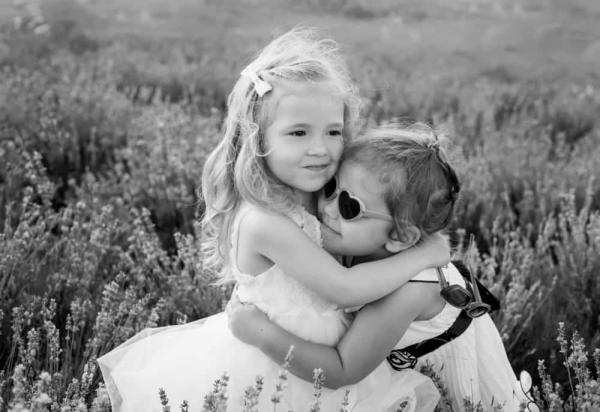
A new feature will be added to the emoji world...
Diverse emojis.
The new emojis will allow you to click and hold on any emoji to change its skin tone. This is one of those changes that seems like it should have happened years ago, but somewhere along the emoji-mania sphere, diversity was a forgotten consideration.
With this comes a reminder about teaching children about diversity. How do we teach our children that diversity should be embraced and celebrated?
Each family is obviously different. Some raise children in cities with ample opportunities to interact with those who look, act, believe or think very differently than they do. Others have more of a homogenous environment with little opportunity to experience diversity. Here are three ways to help your children embrace diversity:
Watch your mouth
Children pick up way more than you ever plan on them learning. Don't criticize the way other people live. This should especially include never connecting negative attributes to others and implying that those attributes are because of race, nationality or religion.
Acknowledge differences
It's natural to notice that someone is different from you. Children are especially curious and will be sure to see those differences. Don't pretend they aren't there. Pretending differences don't exist sends a message that being different is shameful or that it is something that should be ignored. Use children's curiosity as an opportunity for learning.
Recognize the many facets of diversity
Parents need to be willing to branch out into circumstances they are not necessarily used to. Even if the community you live in is racially or religiously similar, there are ways to introduce children to different lifestyles. Diversity comes in many forms. Reach out to groups within your community that you are not naturally accustomed to associating with. Children will naturally grow to enjoy differences as they associate with friends from different backgrounds over extended periods of time. Since children learn best by example, parents must do these things as well.
Correct stereotypes
You can't control all that your children hear. Whether through school, other friends or media, your children will start to pick up on stereotypes. As you're discussing differences, listen to what might be coming into their lives. Don't be afraid to gently correct stereotypes. While you can't control everything your children are learning, you certainly have the right to steer negative thoughts away.

